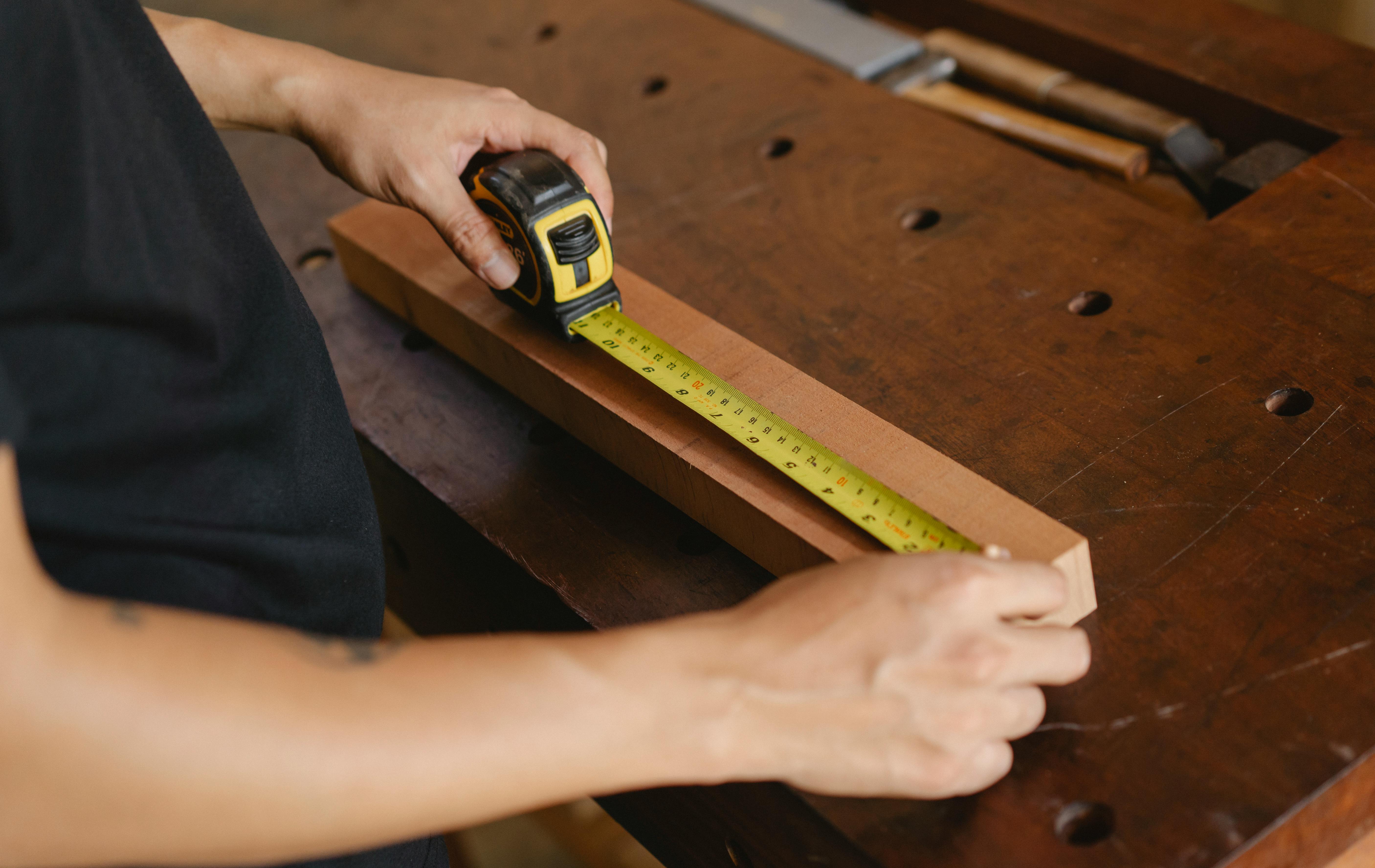
Depreciation and profits for a company
Depreciation is a very important element in any financial statement. Depreciation is the process of spreading the cost of an asset over its useful life to a business. Companies, for tax purposes, can deduct the cost of the physical assets they buy as business expenses; But, companies must depreciate these assets according to IRS rules on how and when the deduction can be taken based on what the asset is and the life expectancy of the asset.
Depreciation is used in accounting to try to match the expense of an asset with the income that the asset generates for the business.
Here are some examples of items that can be depreciated: buildings, machinery, equipment, computers, outdoor lighting, parking lots, cars, and trucks. During each accounting period a part of the cost of these assets is used. The part of what is being consumed is recorded as “Depreciation expense” in the income statement. In effect, depreciation is the transfer of part of the cost of the asset from the balance sheet to the income statement during each year of the asset’s life.
Depreciation can be calculated and reported on the basis of two accounting principles: the cost principle and the correspondence principle. The cost principle requires that the “Depreciation expense” that is reported in the income statement, and the amount of the asset that is reported on the balance sheet, must be based on the original cost of the asset. The matching principle requires that the cost of the asset be allocated to “Depreciation Expenses” over the useful life of the asset. What this means is that the cost of the asset is divided and part of the cost is reported in each of the income statements issued during the life of the asset. By allocating a portion of the cost of the asset to multiple income statements, the professional accountant matches a portion of the cost of the asset to each period in which the asset is used.
There are a few types of depreciation: straight line, year sum digits, double declining balance, modified accelerated cost recovery system (MACRS). I’ll define them briefly, the straight-line depreciation method is done by taking the purchase price of an asset subtracted by the salvage value divided by the total number of years that the asset can realistically be a benefit to the business. The straight-line method distributes the cost of an asset evenly over its useful life. The sum of the year digits method results in a faster write-off than the straight-line method, but less than twice the declining balance method. Under the year-digit sum method, annual depreciation is determined by multiplying the depreciable cost by a fraction schedule.
The double-decrease depreciation method is a bit more advanced than the straight-line method because it doubles the amount of depreciation in the first year. After the first year, each subsequent year, the same percentage is multiplied by the remaining balance to be depreciated. The MACRS depreciation method was created after the Tax Reform Act of 1986. This method allows for more accelerated depreciation of assets over an extended period of time. This method is very common for companies that are profitable because it allows a company to liquidate an asset faster. MACRS has no salvage value, which it does is depreciate items to zero through the use of annual schedules.
The depreciation expense of an asset is vital for businesses to be successful in today’s environment. The concept of depreciation is that an asset must be carried annually to the value it would have on the open market if it were to be sold that day. This helps a business avoid losses if the business were to sell the assets that day.
Asset depreciation of assets has two main benefits. The first benefit is that an accurate valuation of the assets allows the asset to be recorded in the financial statements of the company at the value that it would represent in the market if it were sold. If a sale were made, the company would not suffer a loss. The second benefit is that the company does not have to pay taxes on provisions for depreciation. The accumulated money can be reinvested in the business for future growth or distributed to shareholders as dividends.
Most, if not all, companies use the depreciation of an asset as an expense. Depending on the type of business and the accounting professional who is preparing the financial statements, the different methods used to calculate depreciation vary. As I said before, the benefits save the business money in the long run by giving you more income and can help reduce taxes when the business does really well in positive economic cycles.



